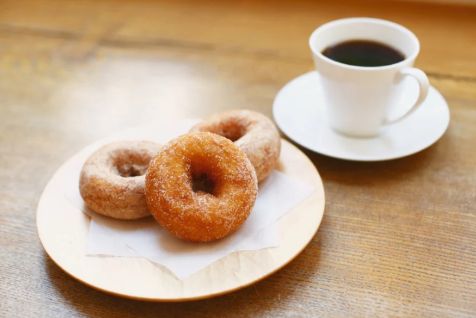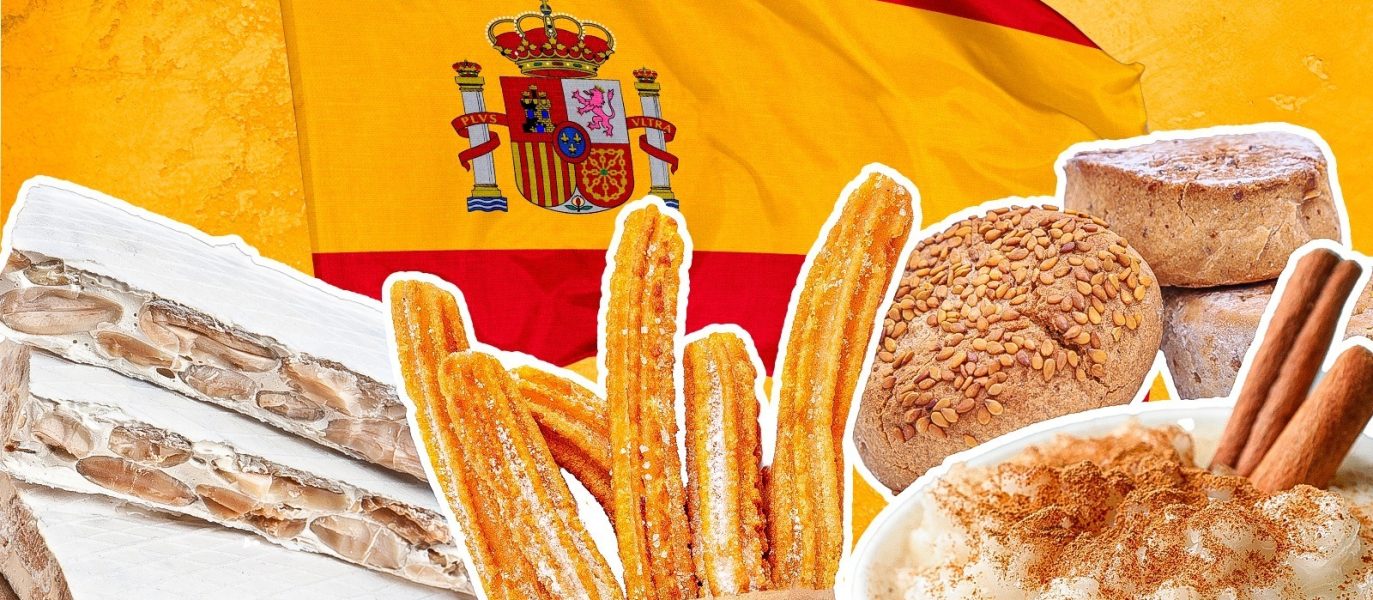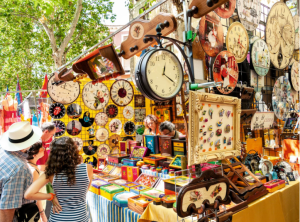Did you know that in Spain there are almost as many desserts as there are festivals? We’re talking about sweets with centuries of history, recipes passed down from grandmothers, treats you only eat at Easter or Christmas… and many with names that’ll make you smile!
You won’t find recipes here (we’ll save that for another day), but what you will find is a delicious cultural tour of Spain’s traditional desserts—organized by region and celebration. Brought to you by MaestroMío, this article is sprinkled with fun facts to help you taste Spanish with your brain… and your sweet tooth.
Sweets by Region: What’s Eaten in Every Corner of Spain?
Catalonia
- Crema catalana: similar to French crème brûlée, but with more personality. The sugar is burned with a hot iron, not a torch.
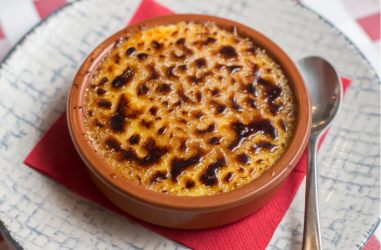
- Panellets: eaten on All Saints’ Day (November 1). Sweet almond and pine nut balls.

👉 Fun fact: There are contests to see who makes the most beautiful panellets!
Andalusia
- Piononos (Granada): small sponge cakes soaked in syrup, topped with toasted cream.
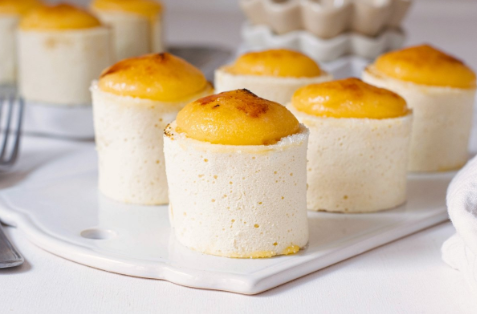
- Pestiños: fried dough with honey and sesame seeds, typical of Easter.
👉 Fun fact: Some convents still sell these sweets handmade by nuns.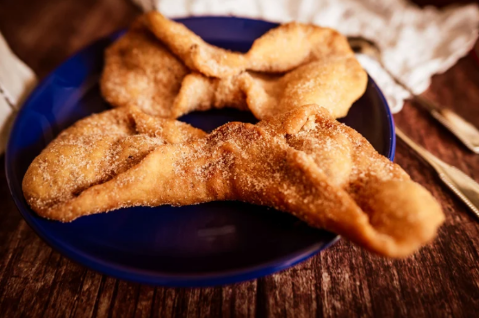
Valencia
- Arnadí: an ancient dessert made with pumpkin or sweet potato and nuts.
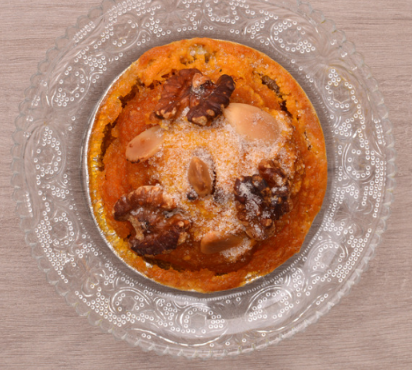
- Fartons: long pastries dipped in horchata (watch out—they’re messy!).
👉 Fun fact: The fartón was invented to soak up horchata more efficiently.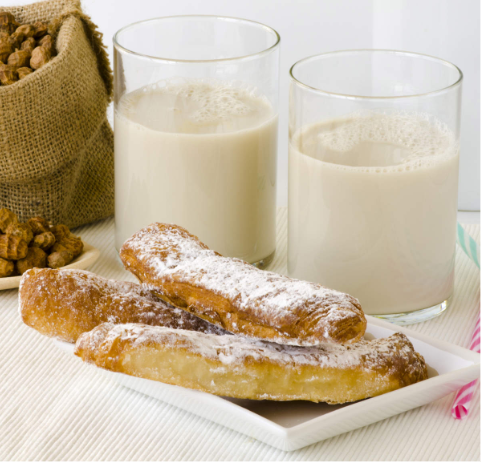
Galicia
- Tarta de Santiago: almond cake with a powdered sugar cross on top.
👉 Fun fact: It has protected designation of origin.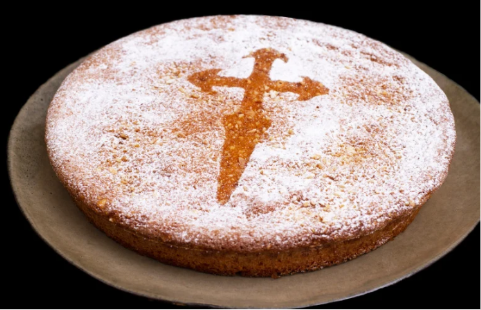
- Filloas: like crêpes, eaten at Carnival with honey or cream.
Castile and León
- Yemas de Santa Teresa (Ávila): orange balls made of egg yolk and sugar.
👉 Fun fact: They come in giant egg-shaped boxes.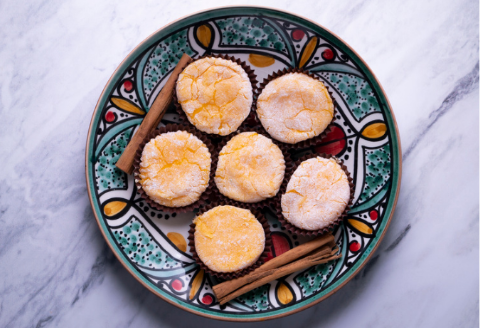
- Hojuelas: crispy fried dough, popular during Easter.
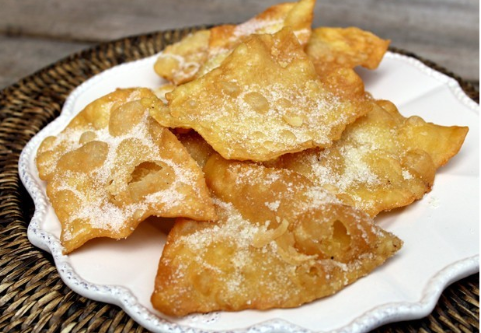
Extremadura
- Perrunillas: large dry cookies, perfect for dipping in coffee.
👉 Fun fact: Traditionally given at weddings and baptisms.
Basque Country & Navarre
- Pantxineta: puff pastry filled with custard, topped with almonds.
👉 Fun fact: Created in San Sebastián, inspired by French desserts.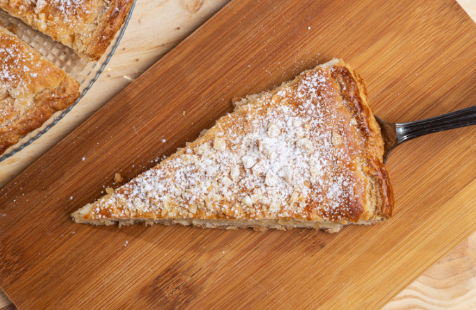
- Cuajada: natural curdled milk, served with honey or sugar.
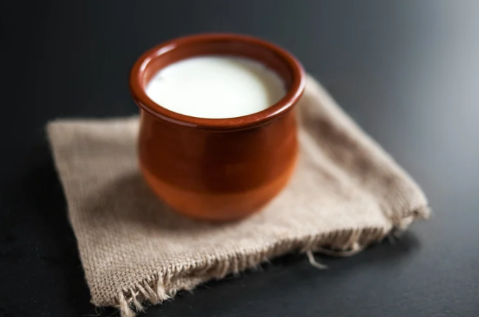
Balearic Islands
- Ensaimada: sweet spiral-shaped pastry, sprinkled with powdered sugar.
👉 Fun fact: Some are filled with “angel hair” (pumpkin jam), chocolate, or even sobrasada (yes—sweet and savory together!).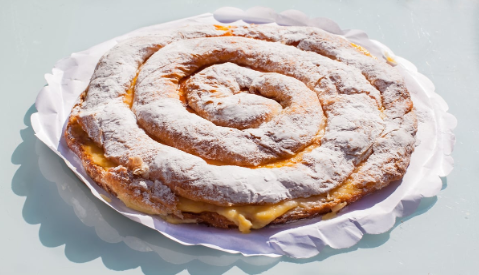
Canary Islands
- Bienmesabe: sweet almond paste made with egg and sugar.
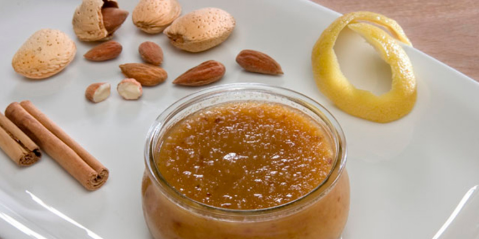
- Príncipe Alberto: dessert with chocolate, almonds, and cream.
👉 Fun fact: There’s not a single Canarian restaurant without bienmesabe.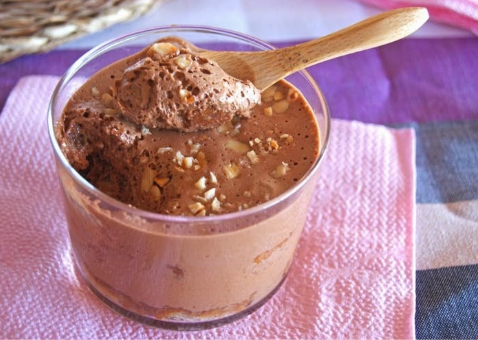
Desserts by Celebration: Sweets with a Calendar Date
Easter (Semana Santa)
- Torrijas: stale bread soaked in milk and egg, fried and topped with sugar and cinnamon.
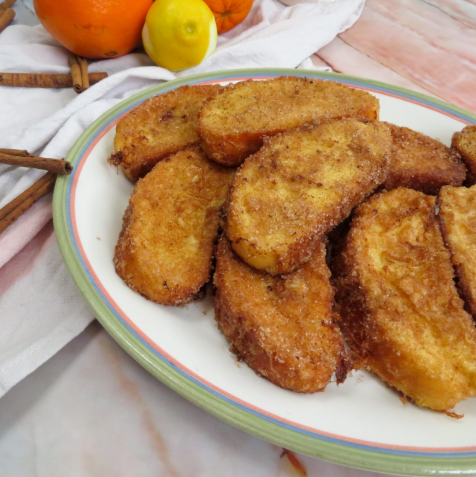
- Also: fried donuts, “sartén flowers,” fried milk, and more depending on the region.
👉 Fun fact: Torrijas are believed to date back to Roman times.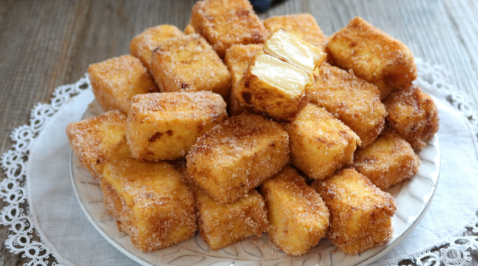
Christmas
- Turrón: the most famous Christmas sweet. Jijona is soft; Alicante is hard.
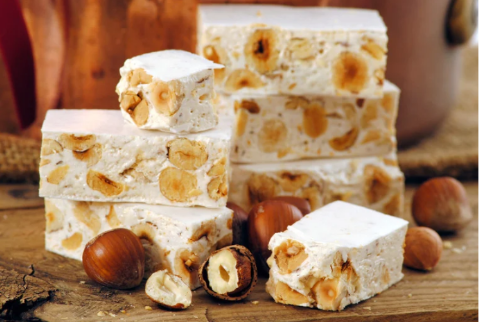
- Polvorones & mantecados: crumbly cookies eaten by the kilo.
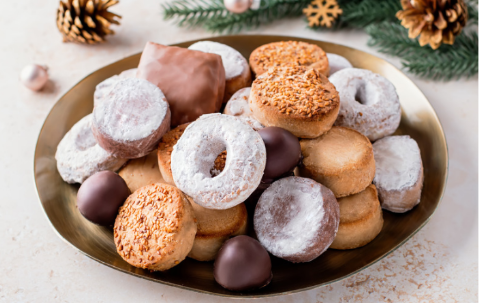
- Roscón de Reyes (Jan 6): ring-shaped cake with a hidden surprise. Whoever finds the bean… pays for the cake!
👉 Fun fact: If you find the figurine, you’re “king” for the day.
All Saints’ Day (Nov 1)
- Huesos de santo: marzipan filled with sweet egg yolk.
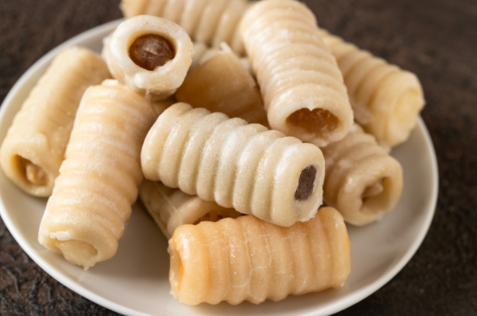
- Buñuelos de viento: fried puffs filled with cream, whipped cream, or chocolate.
👉 Fun fact: “Buñuelo” can also mean a clumsy person in Spanish. 😂
Carnival
- Orejas de carnaval (Galicia & León): crispy fried dough shaped like ears.
- Also: filloas, flowers, doughnuts… anything goes if it’s sweet and fried!
👉 Fun fact: In some villages, these desserts are only made for one week a year.